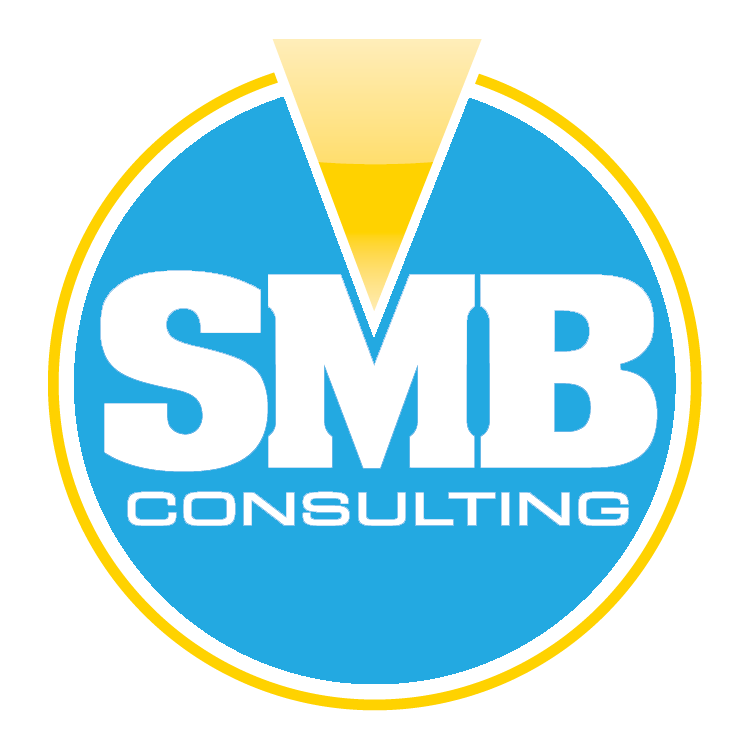Bill Promptly; Take Advantage of Payment Terms
The faster you can invoice a client, the quicker the clock starts to tick for the customer to pay in order to meet the terms of the contract you both agreed upon at the beginning of the relationship. Conversely, if you’ve agreed to terms of Net 30 with one of your suppliers or vendors, don’t pay the bill immediately; wait a little bit to take advantage of those terms and keep the cash in your (hopefully) interest bearing account a little longer.
Offer Payment Incentives; Penalize Late Payers
Many times businesses set forth payment terms of Net 15 or Net 30, but they neither offer any incentives to beat those terms nor penalties if the terms aren’t met. Consider adding both to your invoices to decrease your accounts receivable days outstanding. Chances are most of your customers will pay promptly if there is an incentive involved.
Run Credit Checks on Potential Customers
While this sounds like a no-brainer suggestion, many businesses today take whatever business they can acquire and run checks only when problems arise. Often times it is too late to run a check after issues surface. It’s better for your business over the long haul to reject a customer immediately that slow pays or is consistently delinquent. Slow payers are frequently troublesome clients aside from their propensity to get behind on paying you—they are typically the impossible to please variety that will nitpick your organization and sap its resources.
Sell off Under Utilized Assets and Fully Depreciated Assets
Once an asset has run through its useful life and is no longer a depreciable asset, consider selling it off if you can get good value for it. You’ll get an influx of cash that can help you replace that asset or upgrade to a new technology or model and possibly reduce your debt in the process. Many assets will last well beyond their useful life so you may be able to fetch top dollar from a smaller business looking to improve their operation by adding used equipment.
Encourage Partial Payments
If your business is in a bit of a cash crunch, try encouraging your clients to make partial payments on the front end of projects or working arrangements. Most will be agreeable to such provided you make some concessions on your end such as small pricing incentive or discount to do so. This helps you improve your cash on hand while helping your client spread payments out so that everything doesn’t hit all at once in one lump sum.
Comparison Shop Suppliers Online
The Internet makes comparison shopping a breeze, and some of your vendors and suppliers may take you for granted by not adjusting their pricing to reflect current market and competitive pricing. By checking the competitive landscape every quarter or so, you can gain some leverage by knowing how much you should be paying for particular items especially those that are more commoditized.
Stick to Budgets
This is another suggestion that may seem rather obvious, but there are several projects that suffer budget creep throughout a fiscal year. A couple hundred bucks here or there may not seem like much for a particular project, but it will quickly add up if there are multiple projects going on across an organization.
Spread Out Payments; Don’t Pay All at Once
Spreading out payments through a month versus paying everything on one day can really alleviate a cash crunch due to the natural flow of business and customers’ payment preferences. All of the money due to you in a given month doesn’t come in on one day so why should all of the money going out? This little tip can save a lot of headaches even though the temptation to pay everything on one specific day to get it out of the way may seem logical at times.
Add a Shift Versus Taking on More Space
A lot of small to medium businesses are quick to add office or production space when it may be more cost effective to simply add another shift. If your business is a morning shift only operation, how much could you save by simply adding a second shift versus adding production capacity? Chances are you could save quite a bit of development and rental costs by better utilizing the space you have today.
Pay by Credit When Possible
Paying by credit seems to have a stigma attached to it, but it can buy you some extra time to stockpile more cash to pay things off if you play the terms correctly. Since there are also some low rate credit options available, it may be more cost effective to take on a little interest expense until the cash reserves are built up enough to pay things completely off.
Cash flow problems don’t have to cripple your business if you take a step back and evaluate your options objectively. Implementing a few of the tips above can improve things almost immediately and put you back on the right track to a positive cash flow.
